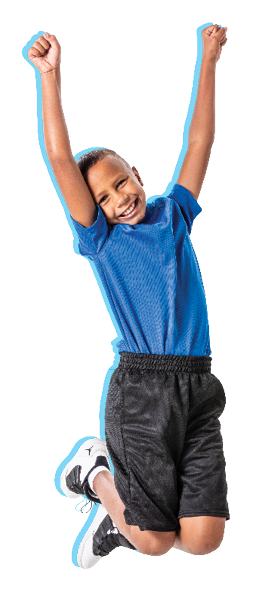Physical education is an integral part of a well-rounded education, fostering not only physical fitness but also essential life skills. Among the various activities that make PE engaging and enjoyable, target games stand out as a bullseye for promoting teamwork, strategic thinking, and overall physical development. Here we will talk about the significance of target games in physical education, the benefits they offer, and some popular target games that can be incorporated into PE curricula.
The Significance of Target Games

Target games involve aiming at a specific goal or target, requiring precision, accuracy, and coordination. Incorporating these games into physical education programs provides students with a diverse range of physical activities that go beyond traditional sports. Target games contribute significantly to the development of various motor skills, including hand-eye coordination, balance, and spatial awareness.
Furthermore, target games are excellent for promoting strategic thinking and decision-making. Students learn to assess their surroundings, analyze opponents’ moves, and make quick decisions to achieve success in the game. This aspect of target games adds an intellectual dimension to physical education, enhancing cognitive skills and fostering a sense of sportsmanship.
Benefits of Target Games in Physical Education:

Enhanced Motor Skills: Target games require participants to focus on accuracy and precision, promoting the development of fine and gross motor skills. Whether it’s throwing, kicking, or aiming, students engage in movements that refine their physical coordination.
Teamwork and Collaboration: Many target games are designed for team play, fostering a sense of teamwork and collaboration among students. Working together to achieve a common goal not only improves social skills but also teaches the importance of communication and cooperation.
Strategic Thinking: Target games often involve strategic planning and decision-making. Students learn to analyze the game situation, anticipate opponents’ moves, and devise effective strategies to achieve success. This mental stimulation enhances cognitive abilities and critical thinking.
Inclusive for All: Target games can be adapted to suit different skill levels and abilities, making them inclusive for all students. Whether a student is athletically inclined or prefers a less competitive environment, there’s a target game that can cater to their preferences and abilities.
Fitness and Endurance: While target games may not be as physically demanding as some traditional sports, they still contribute to overall fitness. Participants engage in physical activity that improves cardiovascular health, endurance, and flexibility.
Popular Target Games in Physical Education:

Archery: An ancient sport that requires precision and focus, archery involves using a bow to shoot arrows at a target. Archery helps improve hand-eye coordination and concentration.
Disc Golf: Combining elements of golf and frisbee, disc golf challenges players to complete a course in the fewest throws possible. It’s a fun and accessible target game suitable for various age groups.
Bocce Ball: A game of accuracy and strategy, this game involves rolling balls to come as close as possible to a target ball. It’s a great game for promoting precision and teamwork.
Bowling: Where a ball is rolled down a long, narrow lane toward a group of objects (pins), the aim being to knock down as many pins as possible. Uses accuracy, coordination and balance skills.
Target games in physical education offer a myriad of benefits, combining physical activity with intellectual stimulation. These games go beyond the traditional notions of sports, providing students with a diverse range of activities that cater to various interests and abilities. By incorporating target games into PE curricula, educators can create a holistic learning experience that promotes physical fitness, teamwork, and strategic thinking, preparing students for a lifetime of healthy living and meaningful engagement in sports and recreational activities.








